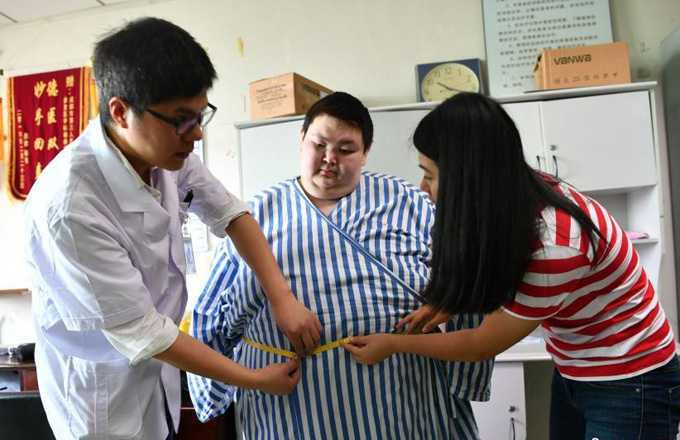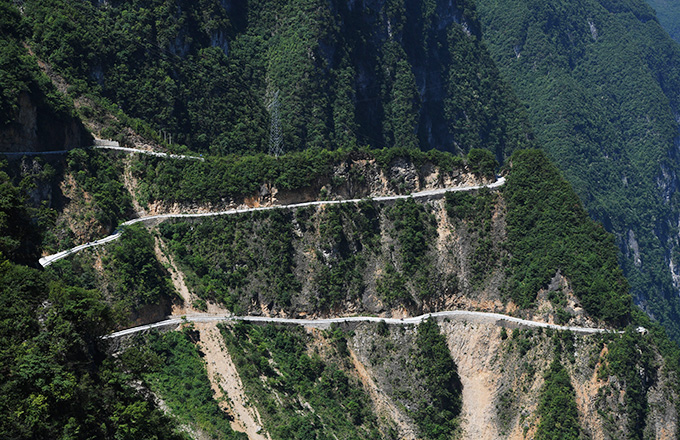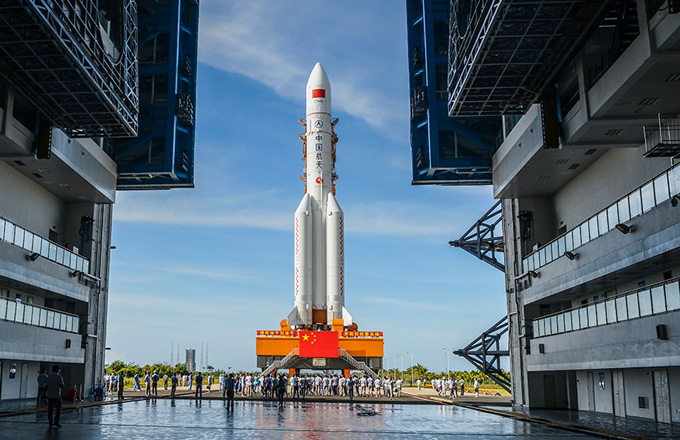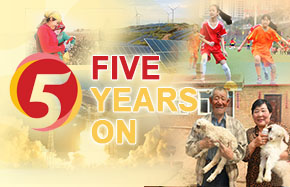Roof of the World getting warmer, wetter
XINING-The Qinghai-Tibet Plateau, or the Roof of the World, has become warmer and wetter under the impact of global climate change, scientists said.
The plateau, located about 3,000 to 5,000 meters above sea level, covers Tibet, western Qinghai province and neighboring areas. It contains thousands of glaciers and is home to the headwaters of some major rivers that flow through China and surrounding regions.
Most sensitive to climate change, the plateau has become warmer and wetter in the last decade, Chinese scientists said.
Lakes on the plateau are expanding, glaciers are retreating, and extreme weather conditions are frequent, heightening risks of natural disasters, they say.
According the China Global Atmosphere Watch Baseline Observatory at Mount Waliguan, carbon dioxide concentration has risen by 2 parts per million a year. The station is one of 31 global baseline observatories established by the World Meteorological Organization.
"The data tell us greenhouse gas emissions are still a big problem, and it is hard to buck the trend of global warming," said Zhang Guoqing, head of the observatory. "We probably have no way to stop the plateau from getting wetter and warmer, but we need to study its cause and cope with the challenges."
Areas that used to be too harsh for humans have become habitable. Herders have built homes at the foot of glaciers at the source of the Yangtze.
Jianggudiru glacier, one of the largest glaciers at the source of the Yangtze, started to recede in the 1970s. The pace has quickened since the 1990s, and went even faster from 2010 to 2016, when it contracted by nearly six meters every year, said Pu Jianchen, researcher of Chinese Academy of Sciences.
"The receding glacier is direct evidence of global climate change. Though in the short term runoff from glaciers will swell rivers and it may seem a good thing, in the long term it may adversely impact rivers, and lead to desertification of soil," Pu said.
Yang Yong, an independent expert, echoed Pu's worries and warned of geological hazards caused by global warming.
"When the plateau's ability to regulate climate weakens, we will see more green land turned into desert," he said.
Qinghai Lake, China's largest saltwater lake, was 4,429.3 square km in September 2016, an increase of 169.7 sq km from the same period in 2004, according to observations.
Experts attribute the expansion to increasing precipitation and glacier runoffs. Average annual rainfall from 2005 to 2016 in the area rose nearly 18 percent compared to that between 1961 to 2004, according to Dai Sheng, senior engineer of the Qinghai Climate Center.

























